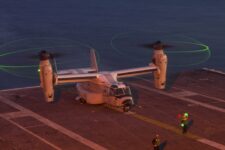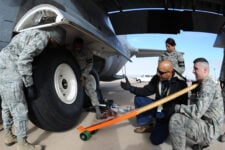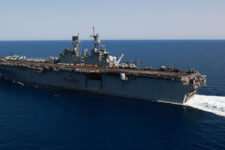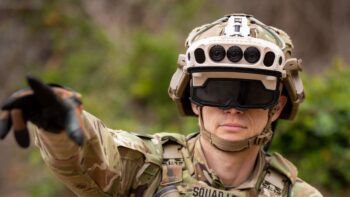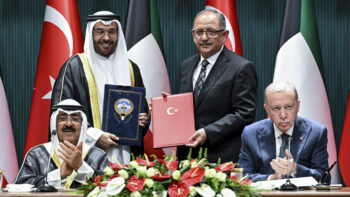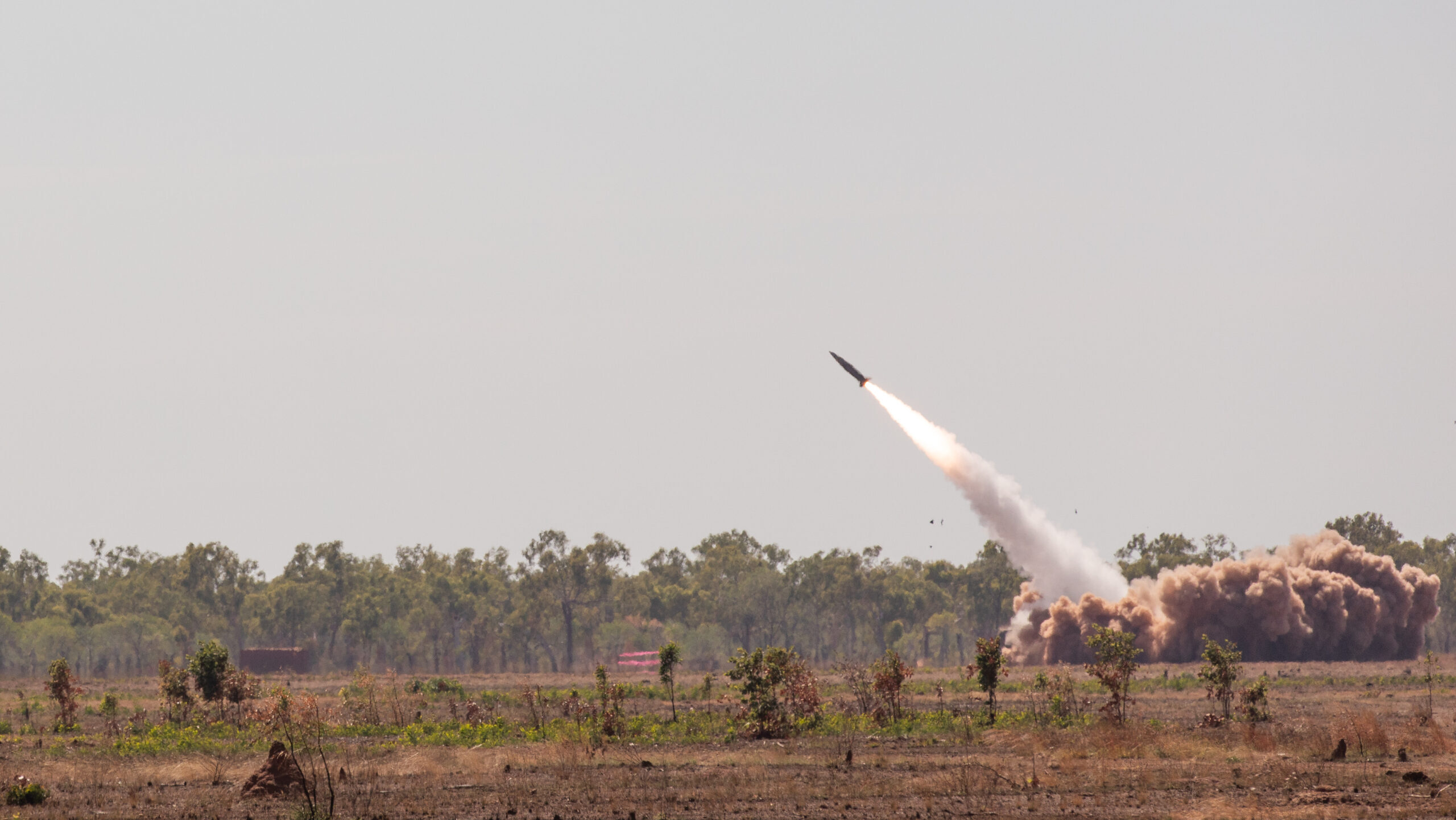
U.S. Soldiers from 1st Battalion, 3rd Field Artillery Regiment, 17th Field Artillery Brigade launch the Army Tactical Missile System (ATACMS) from the M142 High Mobility Artillery Rocket System (HIMARS) in Delamere, Northern Territory, Australia in support of Talisman Sabre 2023 on July 27, 2023. Talisman Sabre is the largest bilateral military exercise between Australia and the United States advancing a free and open Indo-Pacific by strengthening relationships and interoperability among key allies and enhancing our collective capabilities to respond to a wide array of potential security concerns. (U.S. Army photo by Sgt. 1st Class Andrew Dickson)
The ability to strike deep into the territory of an adversary during a conflict may seem like a no-brainer strategic advantage for any nation. But in the op-ed below, analyst Ankit Panda shares the conclusions of a new report that warns, in short, more missiles equals more problems.
The Indo-Pacific region has entered a new missile age as more and more countries in the region develop more and more long-range strike capabilities: each nation individually seeking deterrence while as a whole steering the region into ever-more dangerous waters. The United States and its regional allies must take steps to mitigate the risks of unwanted escalation while thinking through new approaches to restraint in the region.
Most attention in Washington has traditionally focused on the pursuit of missiles by US adversaries in the region. China’s arsenal of regional conventional, nuclear, and dual-capable missiles ballooned during the last two decades, and North Korea has made impressive qualitative strides as well.
But increasingly, US allies and partners are bolstering their missile capabilities too. Some, like South Korea and Taiwan, have been developing their own indigenous long-range strike capabilities for years while others—notably, Australia and Japan—are relative latecomers. By the mid-2030s, the region will see thousands of short and intermediate-range missiles fielded on a variety of platforms.
Universally, however, policymakers and military planners in these states view missiles as beneficial for deterrence and warfighting alike. The ability to deliver precision effects at depth, with great promptness and at a lower relative cost compared to fielding large-scale crewed aircraft, is appealing for a range of purposes.
The United States, too, has spent the last several years developing new missile systems. After the end of the INF Treaty, Washington was unencumbered, for the first time in 32 years, from proscriptions on developing and fielding ground-launched missiles.
Since the end of that treaty, the United States has developed several new regional missile systems intended for deployment primarily in Asia. The US Army is leading the charge with the Dark Eagle, Typhon, and Precision Strike Missile (and its future increments), but the Navy and the Marine Corps, too, are pursuing new concepts, such as the Mk.70 Payload Delivery System and the Long Range Fires Launcher.
Together, these new US and allied capabilities can be expected to augment general deterrence in the Indo-Pacific. Just as the United States and its allies fretted Chinese anti-access capabilities for years, they might now hope that planners in China may take note of this transformed security environment. North Korea, too, many find the prospect of engaging in nuclear coercion or deliberate territorial revisionism backed by force less appealing given the conventional might of its adversaries.
But the spread of missile tech even among America’s allies is no guarantee the region is safer for it. A particular risk concerns the prospects of attacks on the nuclear forces for countries like North Korea and China by US or allied forces in ways that may not be intended.
For instance, conventional military operations could inadvertently strike dual-capable missile forces, or their associated infrastructure. Beijing or Pyongyang could perceive such attacks as designed to degrade the survivability of their nuclear forces and respond in highly escalatory ways, including possibly by resorting to nuclear use.
There other contingencies that deserve consideration too, but the place to start will be in intra-alliance consultations. All of the United States’ alliances in the region have undergone important structural shifts in recent years: the Washington Declaration has opened a new era in US-South Korea cooperation, AUKUS and Australia’s own recent defense strategic reviews have transformed Canberra’s outlook, and Japan has embarked on a historic rethink of its national defense procurement plans and strategy.
US and allied officials should begin exploring not only the opportunities for deterrence that manifest with the development and deployment of new capabilities, but also the prospects for unintended escalation. They should similarly consult on the types of arms control and risk reduction arrangements — with China and North Korea — that could mitigate these risks. Deterrence alone cannot be relied on to prevent war, or the escalation of a limited crisis into a major conflict.
Ambitious arms control in the vein of the INF Treaty is unlikely to manifest in the region, but policymakers should be willing to test the prospects for constraints that can reduce risks. Beyond formal, negotiated limits, there is much room for the United States and its allies to reassess their plans for deterrence and warfighting in ways that can minimize the risks of unwanted escalation.
For instance, South Korea might revisit plans to preemptively attrite North Korean missile launchers, given the escalatory incentives this imparts onto Pyongyang in a crisis. Similarly, Japan and Australia should seek to better understand how their long-range capabilities, working with those of the US, might factor into the potential for inadvertent escalation.
By the 2030s, the Indo-Pacific region will be full of thousands of new missiles that can be expected to be used widely in the context of a major regional war. The United States and its allies need to comprehensively think through the risks of this new missile age.
Ankit Panda is the Stanton senior fellow at the Carnegie Endowment for International Peace and author of a recent report on missile proliferation in the Indo-Pacific region.



